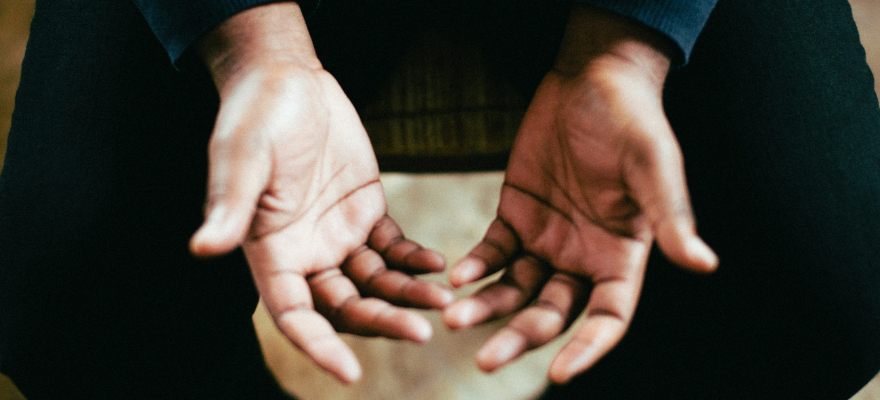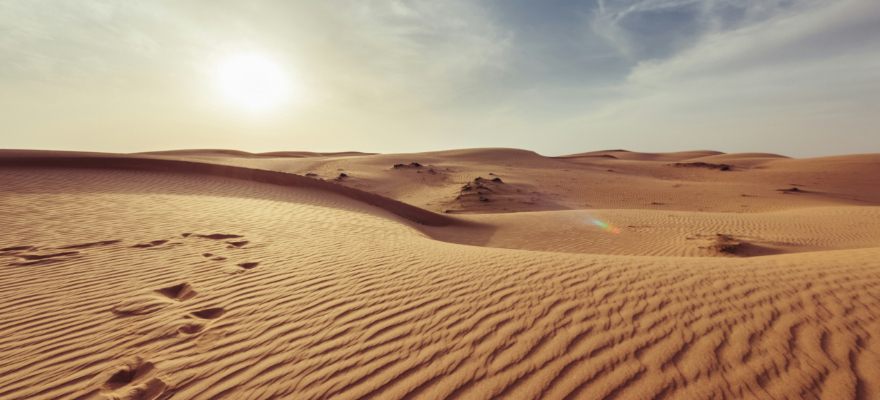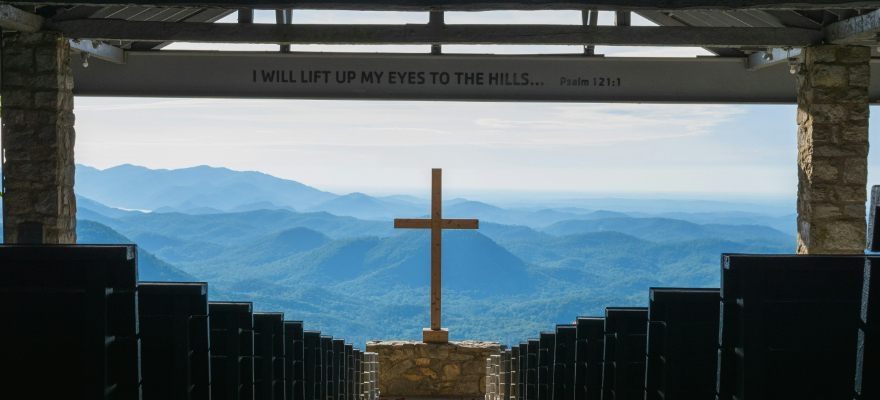
Dryness in Prayer, Part 1 – When Prayer Feels Empty: Embracing the Desert Experience
Based on a talk by Rev. Fr. Pachomius Ma. San Juan, OSB
Prayer has been described as a journey. A relationship, a communion, a lifting of the heart to God. But anyone who has spent real time in prayer knows it can also feel like a roller coaster ride.
At times it soars with inspiration, overflowing with joy and love. Other times, it plunges into silence, emptiness, and what can only be called spiritual dryness. If you’ve ever prayed and felt nothing, no presence, no peace, just silence, you are not alone.
The desert within
This experience of aridity in prayer isn’t new. For centuries, mystics and saints have called it the desert experience. The image is powerful: vast stretches of lifeless sand, searing heat, a sky that gives no shade. In prayer, the desert can feel like God’s absence, like our cries are echoing into an empty void. And yet, the desert is where God often leads those He loves.
We see this in Scripture. The Israelites wandered forty years in the wilderness, not because God abandoned them, but because He was teaching them to trust Him step by step. The desert was where they came face-to-face with their helplessness and God’s faithful provision.

Contemplative prayer: Choosing the desert
Those who walk the contemplative path will inevitably encounter dryness. In choosing stillness and silence over activity, we choose the possibility of aridity. It’s a paradox: in our longing for God, we may feel more intensely His absence. But in this emptiness, we are being gently schooled in faith and surrender. We are learning what it means to be utterly dependent on God, not for what He gives, but for who He is.
Contemplative prayer doesn’t always feel good. But it forms the soul. It teaches us to seek the God of consolations, not merely the consolations of God.
Meditation: A desert sanctuary
You don’t need escape to a remote retreat to experience the desert. Every time we meditate, every time we withdraw in stillness, we create a sacred space within. A mobile chapel, carried in the heart. Here, we confront our fears, shed our false selves, and make room for the Spirit.
Meditation is where we reclaim what life has scattered. It restores spiritual energy. It nourishes simplicity, not only in prayer, but in life. In a world obsessed with noise and productivity, choosing silence is radical. It is a Sabbath for the soul.
We are all, in some way, monks at heart. The instinct to withdraw, to seek solitude and silence, is deeply human. It’s the thirst for God manifesting within us. And it is in that thirst that we begin to truly pray.

Faith in the midst of dryness
But what do we do when prayer feels like talking to a wall? When the silence stretches on for days, months, even years?
We remember that dryness is not a sign of failure. Saints like Mother Teresa endured decades of spiritual darkness, yet remained steadfast. Raïssa Maritain, a deeply spiritual woman, often felt God’s absence like a physical pain. But she never gave up. She understood that the desert was not a detour; it was the path.
We cannot control God, as though flipping on a light switch. He may flood us with grace one day and withdraw the next. What sustains us in the desert is not the abundance of emotion, but the smallest scrap of faith, the faintest hope, and a love that refuses to let go.
An oasis may appear now and then. But even an oasis is just a puddle. The real nourishment comes from enduring with trust, knowing that even the dryness has meaning.

The choice to pray
There comes a point where we must face the rawest question: Should I even keep praying?
The temptation to stop is real. To quit. To numb ourselves with distractions or justify our neglect. But prayer is not just a spiritual activity; it is a choice between life and death.
In choosing to pray, even poorly, even dryly, we choose life. We say: I will not give up on God, even when I cannot feel Him.
And often, that’s all God asks.
Not all deserts are divine
It’s important to remember: not all spiritual dryness is God’s doing. Sometimes, the cause lies in us.
Fatigue, illness, overwork, sin, sloth, pride, or even mediocrity in our spiritual life can create barriers to prayer. When prayer is neglected, intimacy with God fades. We can’t expect a vibrant prayer life if we haven’t been showing up.
But even here, God works. Sometimes, the emptiness becomes His tool to wean us from emotional crutches, to purify our faith and bring us to deeper union with Him.

Praying where God leads
Prayer will not always feel like green pastures and still waters. Sometimes, it will be a desert. Harsh, silent, and baffling. But if that’s where God has led you, then that is where you are meant to pray.
He may not always feel near. But He is always at work. In the silence, in the waiting, in the aching.
So pray. Even when it’s dry. Especially when it’s dry.
For it is in the desert that God prepares our hearts for His promises.